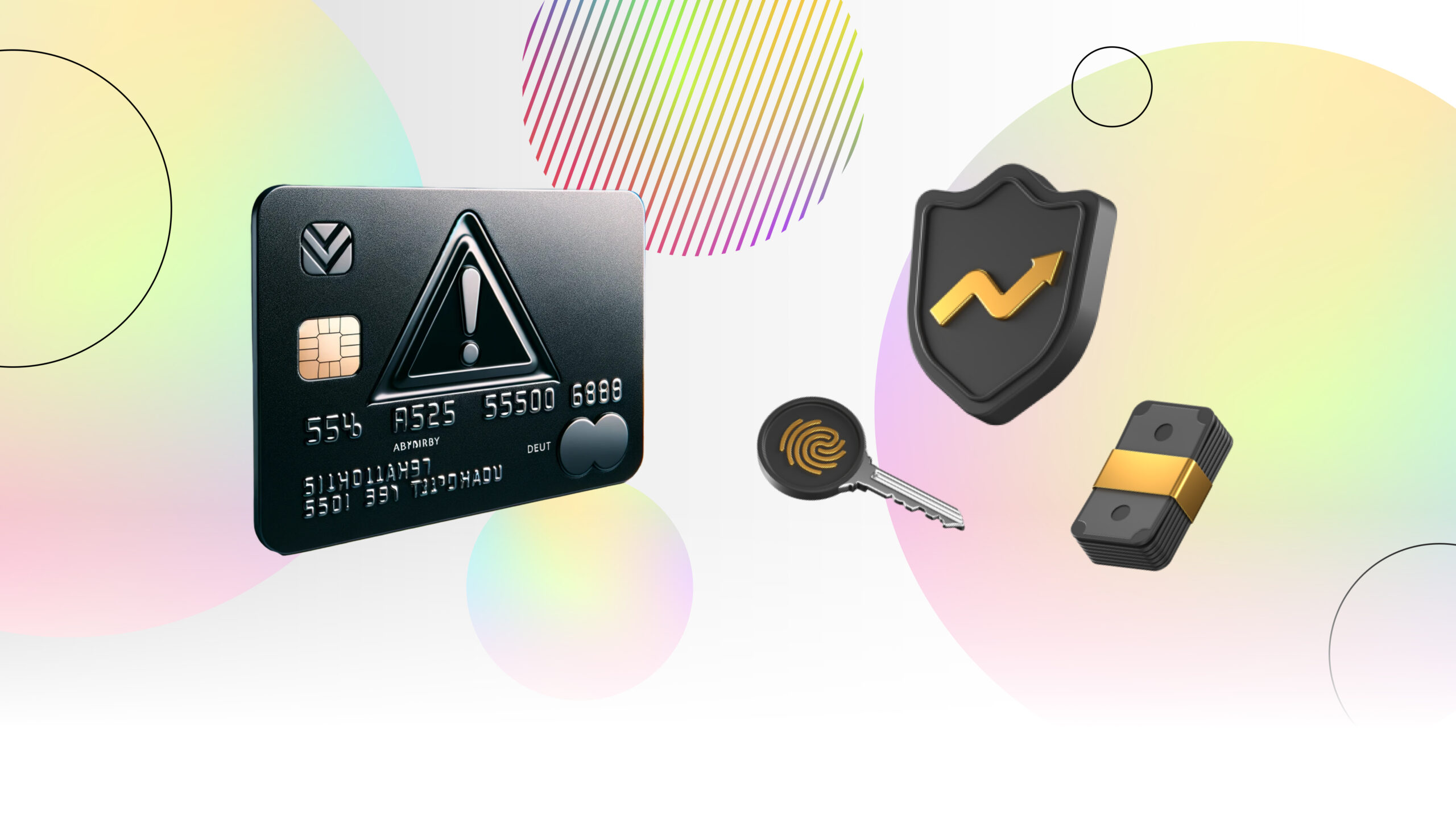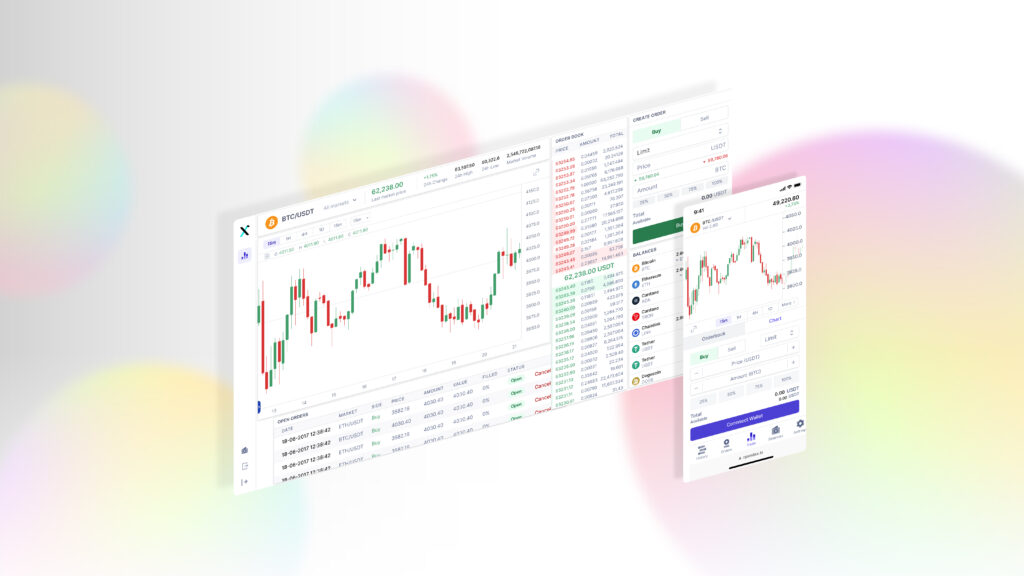According to the DBIR report 2023, financial motivations drive 95% of cybersecurity breaches, which makes banks, insurance companies, and other financial institutions top prey for fraud. The financial sector is undergoing significant transformation due to FinTech innovations, reshaping services, and introducing continuous advancements.
Content:
- Why is security so important in the FinTech industry?
- What cybersecurity risks do FinTech companies face?
- Ten ways a FinTech company can protect customer data
- Why is staff augmentation an option for FinTech app security solutions?
However, these developments also bring challenges, particularly in FinTech cybersecurity, posing risks to the stability and integrity of financial institutions. As cyber threats become more prevalent within the FinTech industry, addressing cybersecurity emerges as a crucial challenge to safeguard the integration of FinTech services into daily life.
Why is security so important in the FinTech industry?
The introduction of the ATM marked a revolutionary shift in banking, moving away from the telegraph system that had been in place since 1838. The banking sector’s embrace of information technology marked the beginning of this transformation.
The internet’s expansion fueled technological breakthroughs across various sectors, including finance. FinTech, an emerging concept, leverages technology to streamline financial transactions. It signifies a blend of modern technology, like cloud computing and mobile internet, with financial operations, such as banking and lending.
FinTech disrupts traditional finance with automated processes and the use of Information and Communications Technology (ICT), introducing innovative business models prioritizing security, efficiency, and innovation.

The FinTech ecosystem is segmented into three distinct categories: FinTech activities, the technologies that enable them, and the policy frameworks that facilitate their implementation. These activities span across diverse financial sectors and manifest in various formats.
Cybersecurity FinTech frameworks and governmental regulations
The global financial sector has adopted a range of effective cybersecurity frameworks to combat cyber threats. Here’s an overview of initiatives from various regions, including the United States, Europe, Asia, and the Middle East.
In the US, the finance industry often employs the NIST Cybersecurity Framework, which provides a structured approach for organizations to manage cyber risks. For example, Bank of America has tailored its security measures to align with NIST guidelines.
Europe has taken a regulatory approach with the EU’s NIS Directive, compelling key banking services to bolster cybersecurity measures and report major incidents. This directive has led the European Central Bank to establish a comprehensive cybersecurity standard for EU banks.

Singapore’s Monetary Authority (MAS) issued the Technology Risk Management Guidelines, promoting risk management and cybersecurity best practices among financial entities. Japan responded to cybersecurity challenges with its Cybersecurity Basic Act in 2015, focusing on protecting critical infrastructure and personal data in the financial sector and encouraging global cooperation.
In the Middle East, the Dubai Financial Services Authority (DFSA) in the UAE introduced a Cyber Risk Framework inspired by the NIST model to guide financial institutions in managing cyber risks effectively. The Saudi Arabian Monetary Authority (SAMA) has also developed a cybersecurity framework, incorporating international standards to bolster the financial sector’s security, emphasizing risk management and compliance.
As FinTech continues to evolve, regulatory bodies increasingly focus on ensuring the robust security and management of the technological foundations driving financial innovations. All this means commercial cybersecurity fintech companies, apart from staying secure for their clients, have to comply with their local regulations to protect themselves from fines.
Analyzing the potential risks: FinTech cybersecurity under the microscope
Following the 2008 financial crisis, the surge in e-finance and mobile tech boosted FinTech innovations, merging financial systems with internet tech, AI, and big data. As digital expansion continues, the rising threat of cyber-attacks demands reinforced cybersecurity within FinTech to protect companies against disruptions and maintain their competitiveness. Cybersecurity is now fundamental to the strategic and operational framework of FinTech-oriented organizations.
Here are some insightful stats gathered in the Verizon 2023 DBIR report.
- In 2022, half of the social engineering cases employed pretexting—a crafted situation designed to deceive individuals into revealing confidential information or taking actions that could lead to a security compromise.
- Ransomware attacks, which involve the encryption of data followed by a demand for payment to release or decrypt it, constituted 24% of breaches. Such attacks were noted in over 62% of activities by organized crime groups and 59% of financially motivated incidents.
- The majority of security threats originate externally, yet internal threats pose a significant risk as well. External parties, especially those linked to organized crime seeking financial gain, were behind 83% of breaches, while 19% were the result of actions by internal stakeholders, both deliberate and accidental.
- Human errors, misuse of privileges, stolen credential usage, or social engineering tactics were factors in 74% of breaches, emphasizing the role of human involvement in security incidents.
- Nearly half (49%) of the breaches orchestrated by external sources were due to the utilization of stolen credentials, with phishing accounting for 12% of these external breaches. Vulnerability exploitation was a method in 5% of cases, underscoring the need for readiness against a range of attack methods.
What cybersecurity risks do FinTech companies face?
Let’s call some names and get into more detail about the threat your company may face in 2024.
Types of FinTech cybersecurity risks

- Data breaches. The most common risk, where sensitive customer information is accessed unlawfully. For example, the Equifax breach in 2017 exposed the data of 147 million people.
- Phishing attacks. Fraudulent attempts to obtain sensitive data, such as usernames and passwords, often through deceptive emails or messages.
- Ransomware. Malicious software that encrypts a company’s data and demands payment for its release. The WannaCry ransomware attack in 2017 affected thousands of organizations worldwide.
- Insider threats. Risks posed by individuals within the organization who might misuse their access to systems for malicious purposes.
- API vulnerabilities. Many FinTech applications rely on APIs to connect services. Unsecured APIs can be exploited to gain unauthorized access to data.
- DDoS attacks. Distributed denial of service attacks aim to disrupt service by overwhelming the network with traffic, making the service inaccessible to users.
How to mitigate cybersecurity risks in FinTech?
FinTech companies can protect customer data through a comprehensive approach that involves multiple layers of security and compliance practices. Here are key strategies:

Ten ways a FinTech company can protect customer data
Here are some ideas on how a fintech and cybersecurity company can leverage technology and foster a security-first mindset.
- Advanced threat detection systems. Employ AI and machine learning-based systems for real-time monitoring and detection of suspicious activities, enabling quick response to potential threats.
- Blockchain for data integrity. Utilize blockchain technology to enhance the integrity and security of transactions. Blockchain’s decentralized nature can add an extra layer of security to customer data.
- Privacy by design. Incorporate data privacy features at the initial design phase of products and services, ensuring that data protection is an integral part of the development process.
- Continuous employee training. Establish ongoing training programs for employees to keep them informed about the latest cybersecurity threats and best practices, emphasizing the importance of data privacy.
- Secure development lifecycle. Follow an SDL approach to integrate security at every stage of software development, minimizing vulnerabilities from the outset.
- Cloud security posture management. If utilizing cloud services, implement tools and practices to continuously assess and improve the security of cloud environments.
- Zero trust architecture. Adopt a zero-trust security model that assumes all users, whether inside or outside the organization’s network, could potentially compromise data. This model requires strict identity verification and access controls for every user and device.
- Regular penetration testing and red teaming. Simulate cyberattacks on your systems to identify vulnerabilities. Red team exercises can also help understand how threat actors could breach defenses and how to prevent such scenarios.
- Data anonymization. Where possible, anonymize customer data used for analysis to reduce risks associated with data breaches.
- Fostering a culture of security. Cultivate a company-wide culture that prioritizes data security and privacy, ensuring that every employee understands their role in protecting customer information.
Why is staff augmentation an option for FinTech app security solutions?
Staff augmentation can help you in many ways. It can spare your budget on direct labor costs, and it gives you access to the global talent pool, but there are also particular advantages specific to the FinTech industry.
- FinTech operates in a regulatory environment that is constantly evolving. Augmented staff can provide specialized knowledge of regional and global financial regulations, ensuring security measures comply with the latest legal standards.
- The handling of sensitive financial data requires specialized security protocols. Augmented cybersecurity experts bring experience in encrypting, anonymizing, and securely transmitting financial data, addressing specific risks associated with financial transactions.
- Financial institutions are often targets of highly sophisticated cybercrime efforts. Staff augmentation allows for the swift integration of experts in financial cybercrime, who can implement advanced countermeasures and forensic techniques specific to the FinTech domain.
- As FinTech companies frequently pioneer the use of blockchain and AI in finance, augmented staff can offer cutting-edge security solutions tailored to these innovations, ensuring that new products are secure by design.
- Augmented professionals can develop and implement AI-driven fraud detection systems customized for the unique patterns and challenges of the FinTech industry, enhancing the ability to detect and respond to fraudulent activity in real time.
- Financial services often experience peak periods during which the risk of cyber threats may increase (e.g., tax season, end-of-quarter trading). Augmented staff can provide scalable security solutions that adjust in real time to heightened demand and threat levels.
- With the rise of digital payments, augmented staff with specialized knowledge in PCI compliance and mobile payment security can ensure that FinTech apps adhere to the highest payment security standards.
If you have any questions about how to secure your FinTech app, make sure to contact us so that we can clear up all your doubts!





